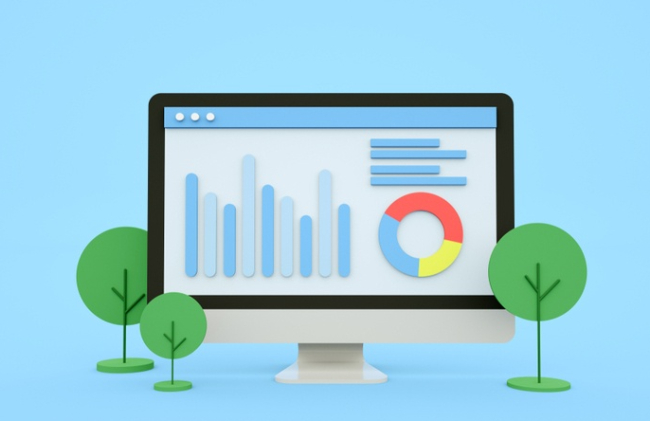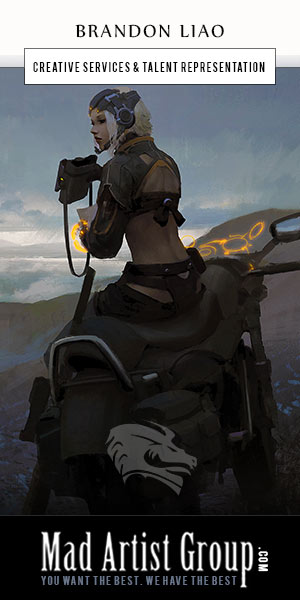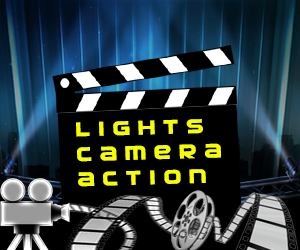There are three important things to consider in types of animation in computer graphics in this list. When animating for educational purposes, three central points must be considered. Use animation as an excellent teaching tool. Do not try to memorize or internalize the expression “less is more.”.
Choosing the proper Content
This is the unspoken rule when it comes to using animation to train for the best performance.A characteristic feature of e learning is that it makes use of the students
This allows students to see the bigger picture and maintain concentration, which leads to improved learning outcomes. Throwing a 500-page textbook at them is no longer enough. Minimalism is difficult to master, because you are left with vital information that influences the learning goal. Because of unnecessary content, students discover that they have too much on their plate. This is a consequence that is the key to prudence in the examination of important data.
Ask yourself the following basic questions: “What are the most important questions that my students should answer when they finish the course? It’s likely that if I don’t include a segment, the students will look for it. If they miss it, I don’t teach well. If I teach well, I will get used to it. You know you have stuck to the basics.
Choosing the Right Style
Animations are flexible and can be used for a wide range of uses. Animation techniques include Stop-motion animation, 2D Cartoon Animation, 3D Animation, Motion Graphics, hand-drawn animation, whiteboard animation, and infographic animation.
Consider how you will teach on-line. Put the audience first and design your course around the behaviour and requirements of on- online students.
Every learning type has a pronounced preference for animation. By understanding their needs, you can create an animation that appeals to them and improves their learning quality. The animations you see on Cartoon Network are the ones that appeal to the audience. Given how amusing and beautiful they are, this should be self-evident.
To be sure, achieving such high quality requires a considerable amount of time and effort. It is not impossible, but it is not in vain either. You can achieve your goals with motion graphics that offer high quality without the hassle. Use vibrant colours, e.g.
Forms can evoke a multitude of emotions and thoughts. Use colours in character designs. Take the lead of Cartoon Network and have fun with your characters. Rainbow colours radiate positive energy and make the lessons more entertaining and lively. Children can easily draw coloured objects.
Have fun with the words of the day. Get students more involved in your course and have more fun than ever before, especially early on.
Being Creative
It is a smart idea to use motion graphics with appealing images and sound effects. Employees in the corporate and higher education sectors are tired of seeing maps and figures on a regular basis. Give them professionalism with animations that are fun and lift the mood. The audience needs both academic and technical animation.
Text additions can be risky as they require some form of animation, and too much of it can also be detrimental.
Examples are motion graphics, infographic animations and typographic animations. The topic includes facts, graphics and figures. Science is full of logical information, which requires a lot of mental work to process. The issue is rigid and you need to keep reviewing your evidence. That’s what you’re going to teach.
There are many options, including motion graphics, infographic animations, typographic animations and whiteboard animations. You have the choice to go all-in for you. Traditional animation is an excellent choice. A simple whiteboard animation can be pretty much anything. Something more complicated is preferable, however.
In short, choosing an animation may seem difficult at first glance, but once you understand your target audience, it becomes second nature. It is discouraged to do your own online research, but there is a lot of information to absorb and no one to hold you accountable. You will be fantastic if you know what you are teaching and how to do it. The key word in all this, as I said, is pleasure.
Use of educational animations to make learning more entertaining and informative. Animation can be amusing, no matter how complicated an academic subject is. Tell me how many educational institutions are turning their lessons into inspiring and motivating stories.
You don’t have to be a comedian to make your course interesting. Design the content with text, voiceovers and humour. The animation should be realistic and visually appealing. A human factor should be included in the video so that students are able to relate to and interact with the course.
You can bring animation to its full potential by choosing the right format, creating the right content and adding a little imagination. The use of animation in the classroom has many advantages. They can promote student engagement, improve students “learning experience and improve learning outcomes. Experiment and find out if the students want to stick with it. You will learn how to use the blade.










